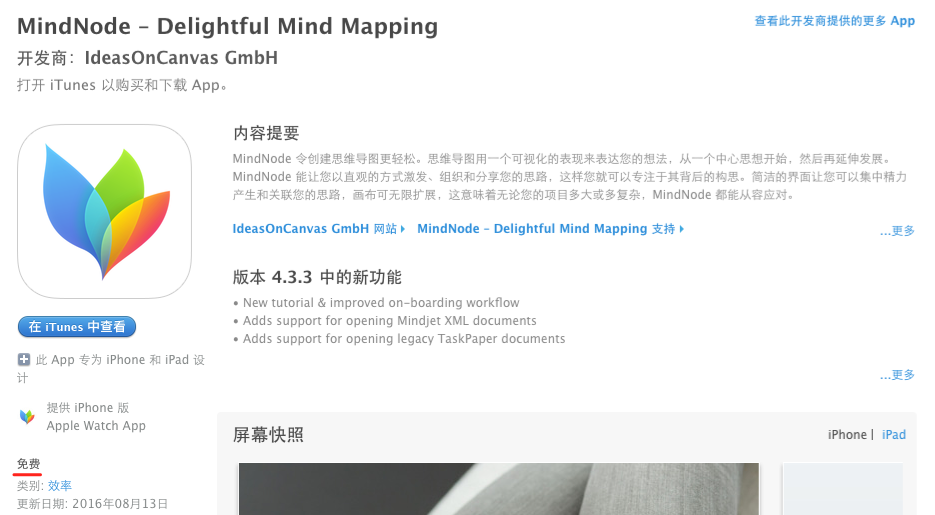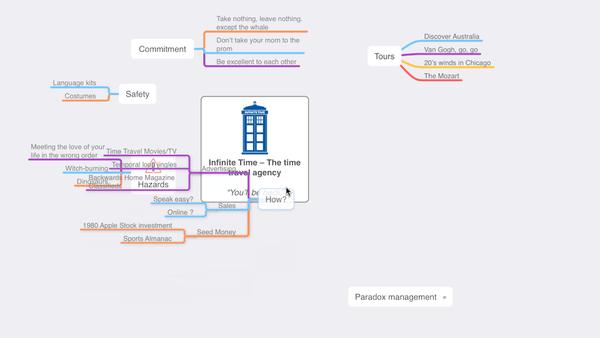

Now exporting the map to multiple options is easy. For large and multi-noded apps, that’s a great setting. MindNode has a lovely “Fit to Mind Map” zoom selection, so you can have your mind map fill the application screen. In MindNode 2.0 for Mac, you can always view a text outline of your map right next to all those nodes, sub-nodes, and connecting lines:īy the way–that’s a lot to look at on one screen. MindNode makes that exceedingly easy, as I mentioned here. I’m not at the point of being able to write a whole sermon via mind map (and may never go that route), so my next step is exporting to text. (Next up: trying to outline thought processes in other parts of my life using mind mapping.) (If that image doesn’t work well for you, click here to see a zoomable version.) Here’s how I’ve made structural sense of the David and Bathsheba account:ĭavid and Bathsheba (click to enlarge image) It’s been a really productive way for me to make sense of the texts I speak on each week. I simply tap my “Run action” key, which automatically triggers the “Open in…” action:īecause of MindNode’s iCloud-enabled sync setup, you can now view (and modify) your mind map in iOS or OSX platforms.Īll of a sudden I’m hooked on mind mapping.

You can add more parent, child, and sibling topics similarly. If you want to do sub-nodes (i.e., “children”) after you have dictated your main/parent node, say, “New line,” and then have Siri indent your sub-node with the “tab key” command. To get to a second node, simply say, “New line, new line” and say what your next node will be. To get going, use Siri to record what will be your first node. Outline the text of your mind map in Drafts. Now the amazing part, and it’s just three steps:ġ. I’ve given this action (which comes already installed with Drafts) its own “Run Action” key on the customizable Drafts keyboard, with its own icon from the emoji keyboard. The Drafts action you’re going to need is “Open in….” You can make a mind map with no hands in just three steps on an iPhone.


 0 kommentar(er)
0 kommentar(er)
